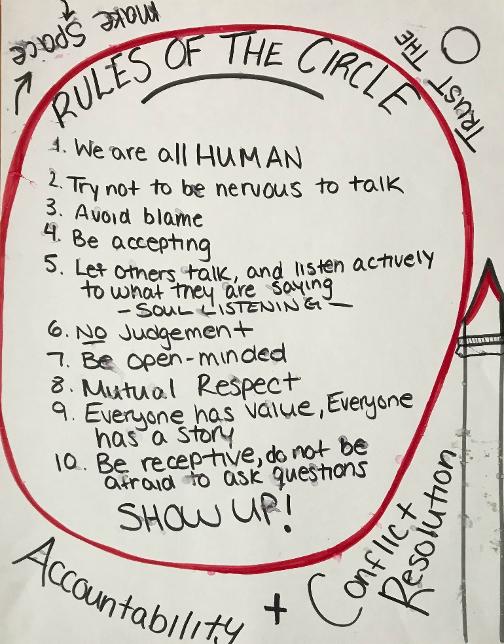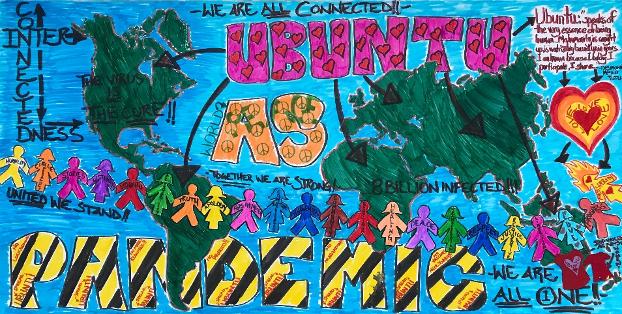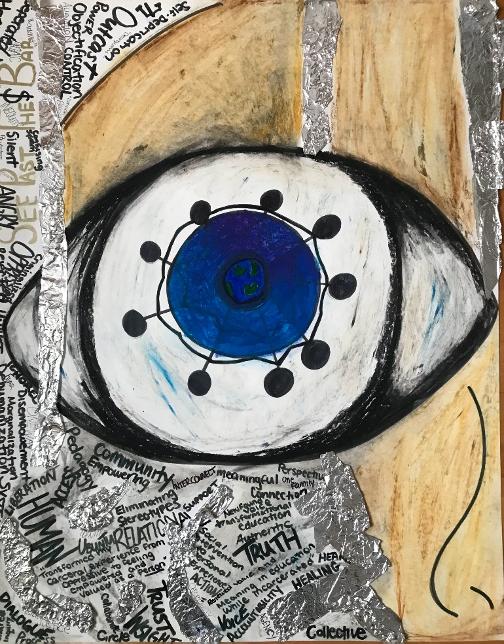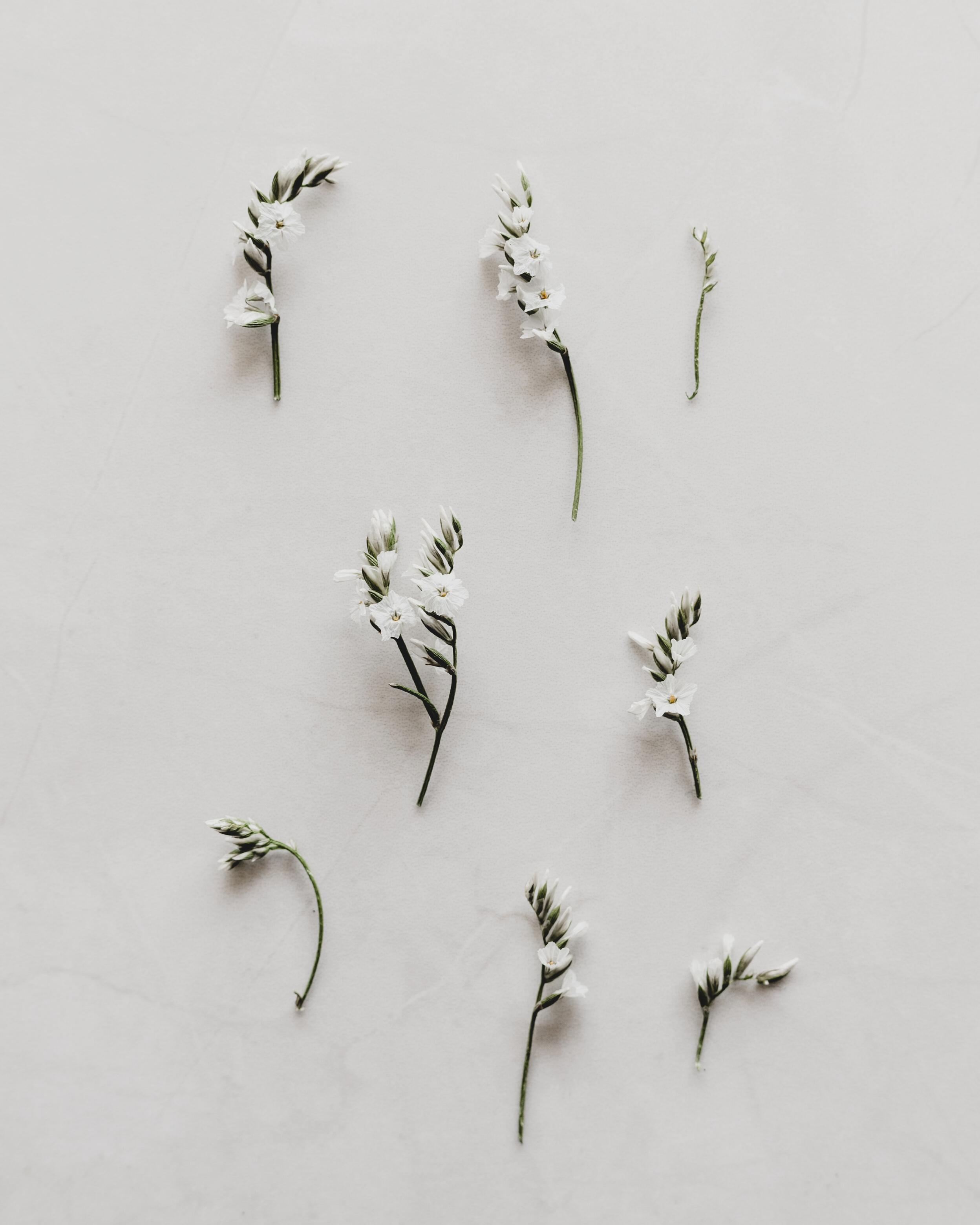R E S T O R I N G J U S T I C E



Latifou Fassassi
Nathan Fraser
Jessy Herlichka
Lakshmi Anandaraj
Omar Baboolal
Megan Hearn
Laav Navaratnam
Mikella Schuettler
Dr. Lisa Guenther
noun.
a concept or practice of justice which involves reparative or restorative measures; (in later use) spec. an approach to criminal justice focusing on rehabilitation of offenders through reconciliation with victims and the community at large.
- Oxford English Dictionary


Welcome! Thank you for choosing to read this booklet. From September to December 2022, students from Queen's University and Collins Bay Minimum Security Institution met to discuss restorative justice. We shared and learned from and alongside each other. This booklet contains the artwork made in a culminating project, and reflections upon our time together. We hope you take away from the this the power of bringing together people with different perspectives and backgrounds, and how bridges lead to bonds that we will remember for the rest of our lives. We also hope that this booklet helps you critically reflect on your own position within society and our justice system, and start the important conversations about how to remedy injustice and harm.
Walls To Bridges was based off the Inside-Out Prison Exchange Program in the United States, and was first called Inside-Out Canada. In 2014, it created its own program unique to Canada called Walls To Bridges [W2B].
The program consists of for credit courses offered by Universities and Colleges that take place in correctional settings. It provides an opportunity for incarcerated ("Inside") students and university/college ("Outside") students to learn along side each other.

The rules of the circle were created to set our standards and expectations for how we wanted to treat each other in our conversations. We reminded ourselves to fully listen to each other, and to speak our own truths, regardless of our differences. We created a safe space to interact with each as people, not just as inside and outside students, and to ensure that everyone felt included and respected. The rules of the circle helped us navigate difficult conversations both in theory, and in our lived experiences, and ultimately made for richer and more meaningful discussions.

As a final project for the Walls2Bridges Program, we collectively decided to host an art exhibition that allowed for others members of the Collins Bay and Queen's community to see what we had learned during our time together. Each of us chose one theme that spoke to us during the course and made an art piece on that topic to present during the exhibition. The pieces were positioned in the form of a circle to represent the importance of circle pedagogy in our conversations.
My project centered on interconnectedness and how "we" as human beings should strive to appreciate, activate, and mobilize the idea that we are all in much better shape when we work together and act as one community The spirit of Ubuntu, the belief that "our" humanity is bound up in all of those around us, that we are human because we participate in society as a collective, speaks volumes to me when I manifest within myself that selfless doctrine of community and how much more connected to the people around me I feel just by fostering these very principles in my own heart.

I truly believe that if we, as Westerners, and all of us globally were to adopt this worldview of Ubuntu, of interconnectedness, I truly, truly believe that we would start seeing problems in society, not as elements of pure conflict, needing punitive measures, but as God-given obstacles requiring community-based idea-sharing and problem-solving techniques to help further strengthen and build this society, this world we all live in. If we want world peace, or any peace at all, it is our responsibility as inhabitants of this shared planet, to work together, to live together, to apply our own version of interconnectedness in all things in our lives...To Become Ubuntu. For me, the purpose of my project was to illuminate the deficiencies of community spirit and understanding both on a societal scale, and, more particularly, within myself, to make myself a better community member.



This piece aims to provide a better understanding of the individual, with consideration for the intersecting systemic and oppressive barriers that impact one’s agency, identity, and embodiment. The piece encourages one to ‘ see past the bar’ and underscores the values of healing through interconnection.

This piece aims to highlight the liberation achieved throughout our society through years of protest. While it is very easy to get caught up in the negatives and what hasn't changed, we ought to celebrate the progress made and the hard work that was put into achieving it.
Feminism, Queer Liberation, Black Lives Matter, and Land Back have both a long history and a long road ahead, but the liberation that has been achieved for and by the people who have been affected is reflected in the background of this piece. At the forefront, you have a raised fist as a symbol of a revolutionary social movement, which is covered with different forms of restraint. While going from shackles to handcuffs, to zip ties may show that there is still systemic oppression being faced, it also shows the liberation these groups have achieved over the years as levels of restraint decrease.
This piece reflects the nature of the relationships that make up a community. Community involves vulnerability, and in knowing others, we hold pieces of them. In knowing others, we also allow them to hold a piece of ourselves.

Different people bring out different aspects of us, and the people we know in a community can either harm us, or allow us to flourish as interconnected human beings. The nature of our relations determines the health of our communities, our ability to deal with injustice, and our capacity for resilience.


The word I chose to inspire my art was revolution. During the Walls to Bridges course, I realized that for me, revolution consists of the small choices we make every day to challenge the current understanding of justice and imprisonment. These small actions are symbolized in the tiny doodles I made in the margins of my book, embedded and disruptive in the brick wall of the prison, eventually leading to its destruction.
M I K E L L A

My art piece was very personal to me, but also a representation of our circle as a whole. The word I chose was Amends. Being of the "inside" students I have obviously done things I regret and am working towards fixing as best as I can. So I thought Amends was a good word for me as an individual but also for the circle.

My art piece to me represents togetherness as one. It represents unity which strengthens any group and living being because as humans, we all like to point fingers, but forget that the remaining four fingers are pointing at us. If we can look at things from the point or look at the fact that we are all humans and what binds us is our DNA rather than looking at colour, race, tribe, or through our pockets or success, then maybe we can realize that what happens to one happens to us all like a domino effect. We need to stand together as one because being human is all we've got.

In life, whether you're caught doing wrong things or not, you still have to look at yourself and face the truth. Accountability plays a big part in that because if you choose to live on the opposing side of that, a life filled with lies, you'll never have nothing genuine or real.
C.J.

My piece concerned the relationship between harm and difference. It considered that human history might have been one long misunderstanding of their relationship. Personifying the two might have revealed to me that the two might be more related than I had previously thought, and that wherever difference arose harm is typically inevitable, which is why managing difference is so important.

Space to critically reflect on what is seen and learned is essential to having informed and mindful discussions about topics that are personal and are focused on remedying harm. We must remember that restorative justice, at its core, is about addressing wrongs through the lens of lived experience, and as such, allowing for others to speak their truth forms the basis of challenging existing forms of oppression, domination and hierarchy to work towards justice and freedom.

At the end of the exhibition, there was a space for attendees to answer questions we asked based on the meaning of the pieces and the topic of the course.

How might you answer these questions? Are there any responses that you agree or disagree with?

Now it is time for you to reflect. Please use to space provided to note down your thoughts and reflections based on the questions provided, the pieces you viewed, or your own prompt.

How does education help us overcome barriers in society and be a tool for liberation?
What can learn from those with experiences and perspectives different from ours?


I first read these words in Angela Davis's autobiography. Little did I know that years later, I would be witnessing this process as the facilitator of a Walls to Bridges course at Collins Bay prison. As we gathered each week, rearranging the chairs into a circle and sharing our thoughts on justice, forgiveness, anger, and liberation, we not only deepened our understanding of these concepts on an intellectual level, we also learned how to connect them to our lived experience as whole persons. W2B doesn't just break down barriers between people or institutions, it also breaks down barriers within people, turning the walls between thought and emotion into bridges for collective action. The booklet you hold in your hands is an example of what people can do when we bring out minds and hearts together in mutual respect for the sake of Restoring Justice.
-Lisa Guenther